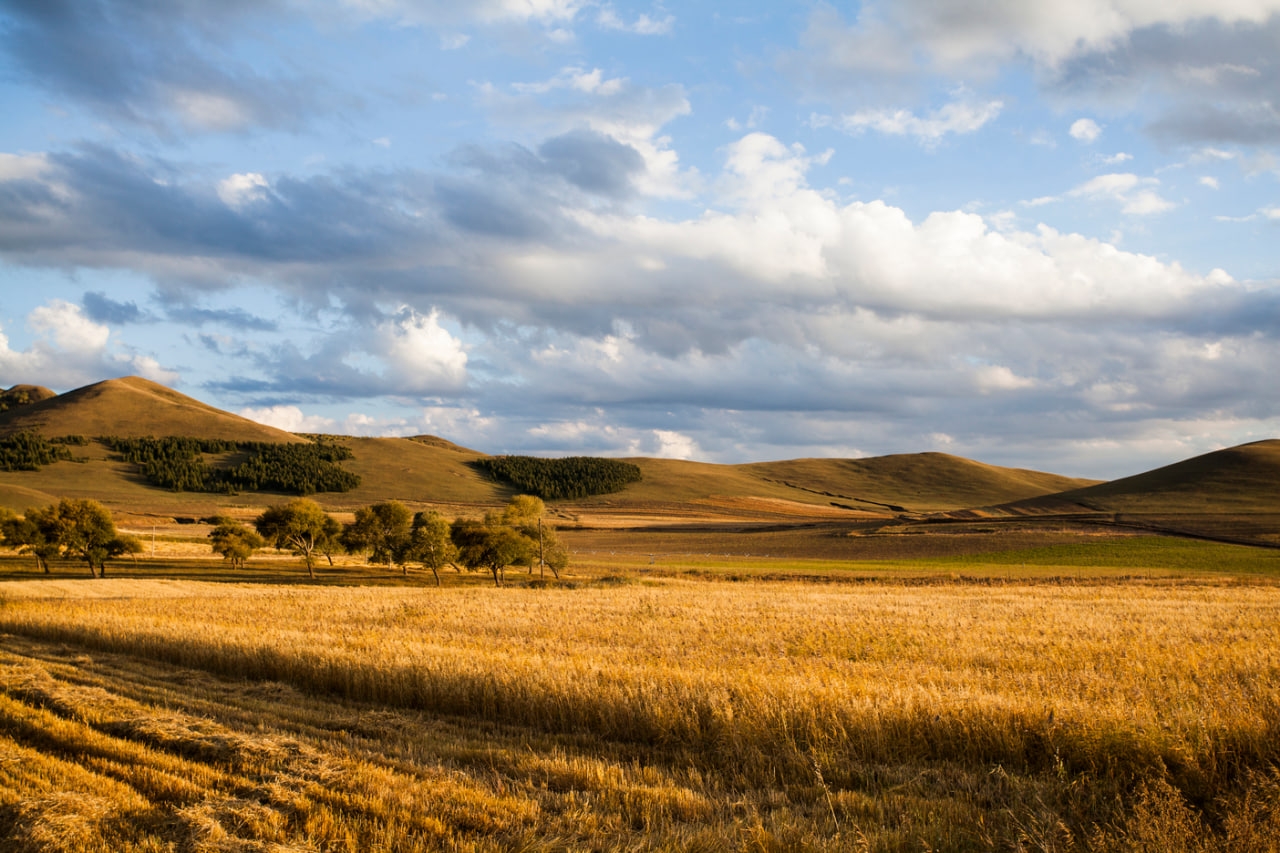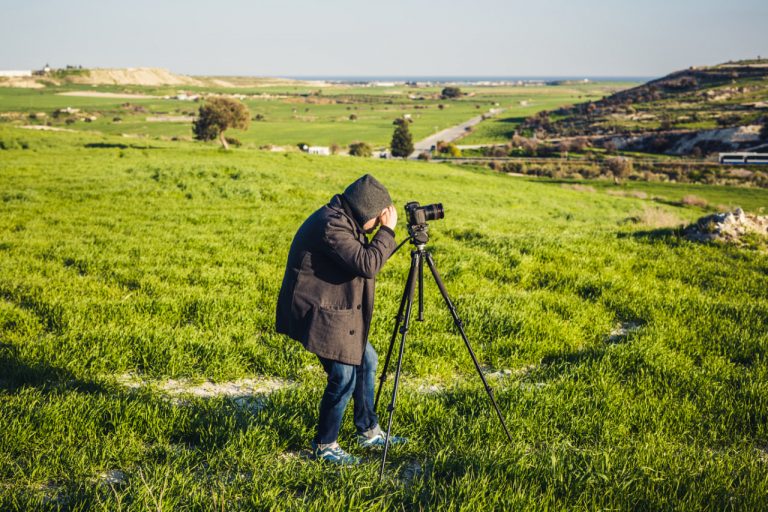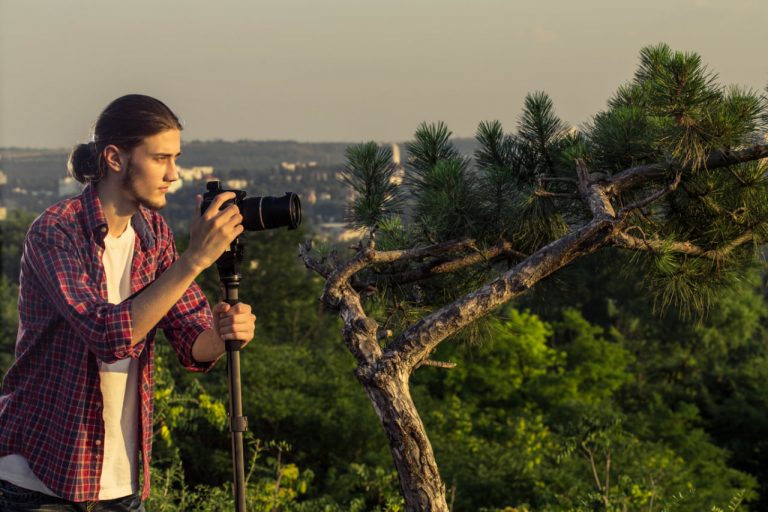Nature transforms throughout the year, offering photographers an ever-changing palette of colors, textures, and moods. Capturing seasonal landscapes requires an understanding of environmental shifts, light conditions, and composition techniques to convey the unique atmosphere of each season. Mastering seasonal photography allows photographers to document nature’s evolution and create visually compelling images that resonate with viewers.
Understanding Seasonal Changes
Each season brings distinct characteristics that influence lighting, color, and composition:
- Spring – Fresh growth, blooming flowers, and vibrant greenery provide lively, dynamic scenes.
- Summer – Strong sunlight, lush vegetation, and clear skies create bright, energetic landscapes.
- Autumn – Rich warm tones, falling leaves, and dramatic light evoke mood and nostalgia.
- Winter – Snow, frost, and muted colors produce serene, minimalist compositions.
Recognizing these seasonal traits allows photographers to anticipate opportunities and adapt techniques accordingly.
Timing and Light Considerations
The quality of light varies with seasons, impacting exposure and atmosphere:
- Spring and Summer – Longer daylight hours and higher sun angles produce strong light; early morning or late afternoon is ideal to avoid harsh shadows.
- Autumn – Golden hour light enhances the warm colors of foliage and adds depth to textures.
- Winter – Short days and low sun angles create soft, diffused light that enhances mood and contrast.
Planning shoots around seasonal light ensures images convey the intended tone and highlight natural beauty.
Composition Techniques for Seasonal Landscapes
Adjusting composition to seasonal conditions enhances storytelling and visual impact:
- Foreground Interest – Use flowers, fallen leaves, or snow-covered elements to guide the viewer’s eye.
- Color Contrast – Capture complementary or contrasting colors to emphasize seasonal features.
- Layering – Include foreground, middle ground, and background elements to add depth.
- Natural Frames – Branches, arches, or mist can frame subjects and create atmosphere.
Tailoring composition to seasonal elements strengthens the narrative and emotional impact of the photograph.
Creative Approaches for Each Season
Each season presents unique opportunities for creative expression:
- Spring – Focus on renewal, growth, and delicate details like buds and blossoms.
- Summer – Highlight vibrant colors, bright skies, and dynamic weather patterns.
- Autumn – Emphasize textures, falling leaves, and the warm, golden palette.
- Winter – Use minimalism, contrast, and reflections in ice or snow to create serene compositions.
Exploring creative approaches allows photographers to express the essence of each season.
Overcoming Challenges
Seasonal photography comes with its own set of technical and environmental challenges:
- Weather Variability – Sudden changes in light, fog, or rain require flexibility and preparedness.
- Cold or Heat – Protect equipment and yourself from extreme temperatures.
- Changing Landscapes – Plant growth, melting snow, or seasonal flooding may affect accessibility.
- Lighting Conditions – Adjust exposure settings to accommodate shifting light quality and intensity.
Being prepared and adaptable ensures successful shoots throughout the year.
Post-Processing Tips
Editing seasonal landscapes enhances mood and emphasizes key elements:
- Color Enhancement – Boost natural seasonal hues while maintaining authenticity.
- Exposure Adjustment – Correct highlights and shadows to capture texture and depth.
- Sharpening and Clarity – Emphasize details in foliage, snow, or flowing water.
- Cropping and Framing – Refine composition to focus on the most compelling elements of the scene.
Subtle and thoughtful post-processing preserves the season’s character while enhancing visual appeal.




